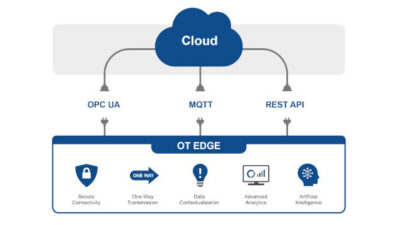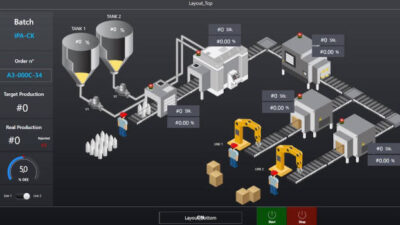The general consensus is the software market is in the middle of a massive shift. But there is no consensus as to the direction of that shift. Rather, there are two divergent views. One extreme espouses that the market is consolidating to a handful of mega-vendors, such as SAP, Oracle, IBM, and Microsoft.
The general consensus is the software market is in the middle of a massive shift. But there is no consensus as to the direction of that shift. Rather, there are two divergent views.
One extreme espouses that the market is consolidating to a handful of mega-vendors, such as SAP, Oracle, IBM, and Microsoft. The other is that a new generation of consumer-derived Web 2.0, social-networking, Software-as-a-Service (SaaS)-oriented companies are going to replace the current generation of application suites.
Regardless of which side of the argument you’re on, you will have to deal with the situation for the next five years. The more important question you need to ask yourself is, “How should I divide my spending/time/resources between the two different approaches?”
It’s a tough question that everyone should start thinking about as they enter into budget planning.
One of the first big things to determine for the coming year—if you haven’t already—is whether to spend big bucks on upgrading one or more of the major platforms you have in-house today. SAP (NetWeaver); Oracle (Fusion, Oracle 11); and Microsoft (Vista) are pounding on your door telling you why you need to upgrade in 2008. If you pick one or more of these routes, you will have basically committed big chunks of your budget and staff for quite a while.
While there are plenty of benefits that a major platform upgrade is supposed to deliver, they tend to be very high-level gains that won’t impact specific business processes such as order-to-cash, inventory management, and others. They may help IT management, security, future upgrades, or programming flexibility, but rarely will they impact any of the key performance indicators (KPI) many companies are being measured by. They will just add to the entitlement portion of your IT budget that is fixed.
On the other hand, you could spend your time looking at new Web-based applications, which are fast to deploy in areas of procurement, supply chain, and product design. These vendors and their products tend to be tightly bound, and because they are small and focused, need to deliver fast and focused returns. You could probably implement a half-dozen such projects and products before you get a small portion of a large enterprise upgrade finished.
By the way, there are lots of niche applications with fast and high payback, as well as custom applications—either traditionally built or via mash-up—that can be targeted to address KPIs and deployed in months, or sometimes days. All of these applications tend to be focused in the area of innovation.
When you look at these two different paths, you ultimately need to figure out how you should trade off innovation investments versus those of infrastructure and entitlement. It’s not an easy decision, but savvy companies are able to do both through shrewd bargaining and careful budget control. (I’ll have more on that in a future column.)
Perhaps an IT harbinger is the fact that the Enterprise 2007 conference—a premier event for enterprise-software executives—had its final meeting this summer. After 10 years, its founder, MR Rangaswami, decided to pack it in. I’m not sure what that says, but it says something.
| Author Information |
| Erik Keller is principal of Wapiti LLC, an independent consulting firm. Prior to forming Wapiti, Keller was a research fellow, director of research, and vice president with Gartner. He is perhaps best known for being a key member of the Gartner team that coined the acronym ERP, for enterprise resources planning. Erik can be reached through Manufacturing Business Technology, or e-mail at [email protected] . |



